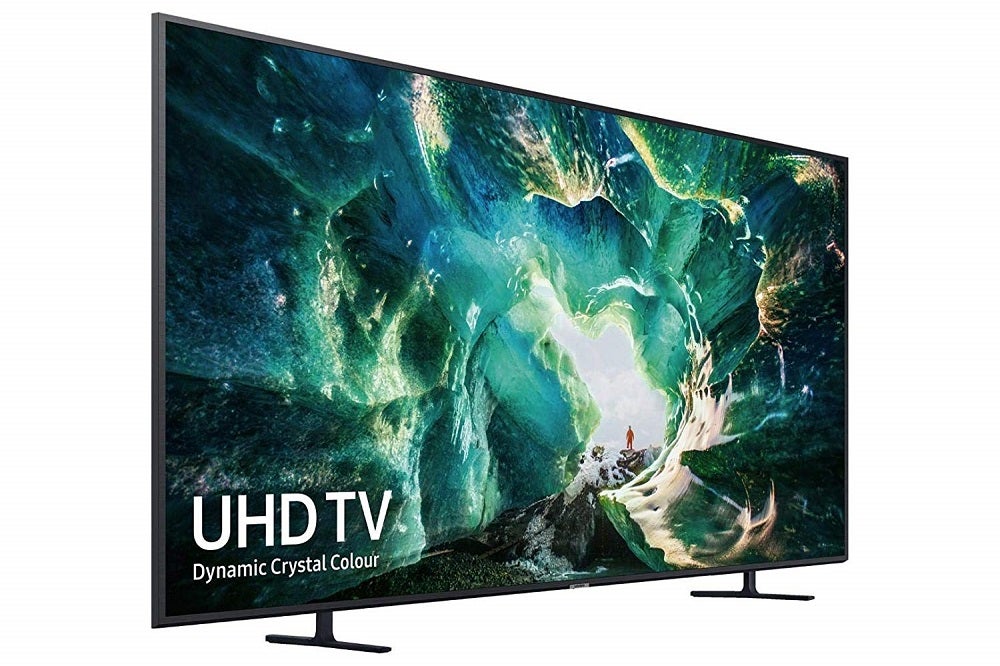- Like
- SHARE
- Digg
- Del
- Tumblr
- VKontakte
- Flattr
- Buffer
- Love This
- Save
- Odnoklassniki
- Meneame
- Blogger
- Amazon
- Yahoo Mail
- Gmail
- AOL
- Newsvine
- HackerNews
- Evernote
- MySpace
- Mail.ru
- Viadeo
- Line
- Comments
- Yummly
- SMS
- Viber
- Telegram
- JOIN
- Skype
- Facebook Messenger
- Kakao
- LiveJournal
- Yammer
- Edgar
- Fintel
- Mix
- Instapaper
- Copy Link
OPINION: Over the course of 2021, there have been reports indicating Samsung is willing to play nice with LG and purchase displays for its 2022 TVs. But the most interesting snippet is the mention of purchasing OLED TV panels.
OLED is a subject we’ve written plenty about over the past year. Though Black Friday sales data hasn’t come in, I’d expect the popularity of the screen technology to have grown as OLED hit impressively low prices during the sales event.
But the area where the Samsung and LG subject affects most is in the premium side. Cheaper TVs are no longer as profitable as they were, the influx of more affordable LCD TVs from Chinese manufacturers has put a dent in traditional players’ profits. Thus, it’s put a squeeze on manufacturers as fewer people look to buy or upgrade to more expensive sets.
And with Samsung beginning to move out of producing large LCD panels because of these tighter margins, that’s apparently put the firm in a pickle. In its moment of need the firm, according to reports, has turned to its fierce rival LG.
According to report in The Elec, part of the rumoured deal is a purchase of LG’s WRGB OLED panels, along with displays for its LCD TVs (Samsung reportedly doesn’t want to be reliant on Chinese display manufacturers due to quality issues).
The purchase of LCD displays would make sense for Samsung in an attempt to manoeuvre round Chinese-based operators. The purchase of OLED screens is less so but refuses to go away. Samsung already has its QD-Displays (essentially modified OLEDs) for 2022, and Samsung Electronics has spent a huge amount of money on developing production facilities to produce this type of panel.
And with prototypes said to be in the process of evaluation by other manufacturers – Sony is believed to be gearing up to develop their own QD-Display, with Panasonic previously rumoured to be looking into it – it seems counterintuitive that Samsung would look to poach LG’s customers while simulationiously purchasing OLED panels from it.
And if the story is true, why would Samsung purchase the WRGB OLED screen that is, however small the percentage is, susceptible to burn-in, given how much marketing cost Samsung has put into dismissing OLED and promoting their QLED displays as superior?
It’s all rather peculiar if the reports are to be believed, causing the feeling that the TV industry is about to enter a period of flux, recent fluctuations of a competitive industry affecting a giant like Panasonic as it looks to offload its OLED TV production output elsewhere. Also confusing matters is why Samsung would offer OLEDs alongside their QD-OLEDs. If Samsung believes QD-OLED is better, why bother selling what it feels is an inferior product?
Of course this could all just be rumours or a smokescreen, a case of jostling for position in the market. We’ll find out soon enough what TV brands have in store at CES 2022 and in the weeks after, but next year could herald an important marker in terms of the direction the TV industry is to head in.






